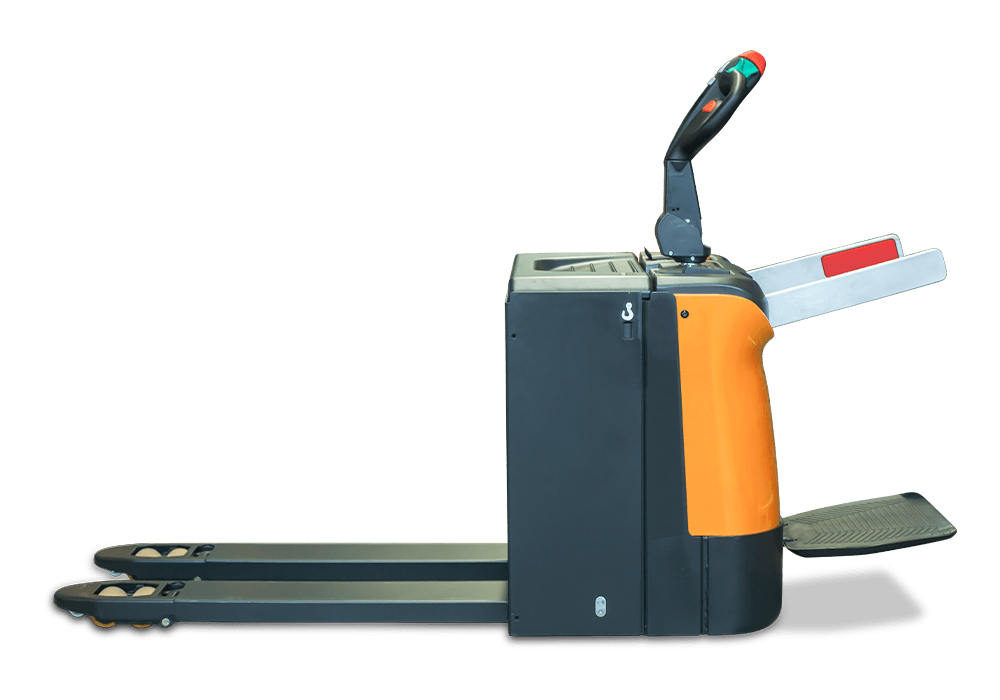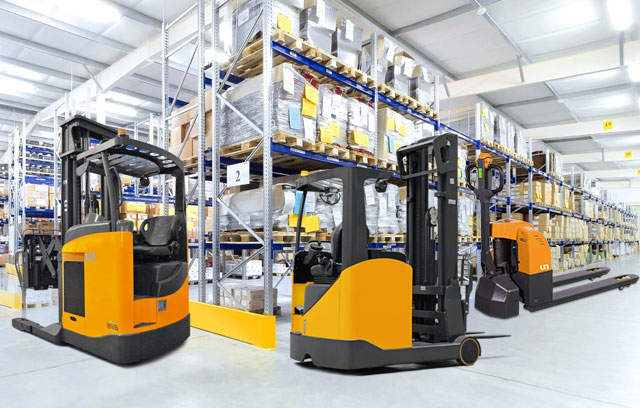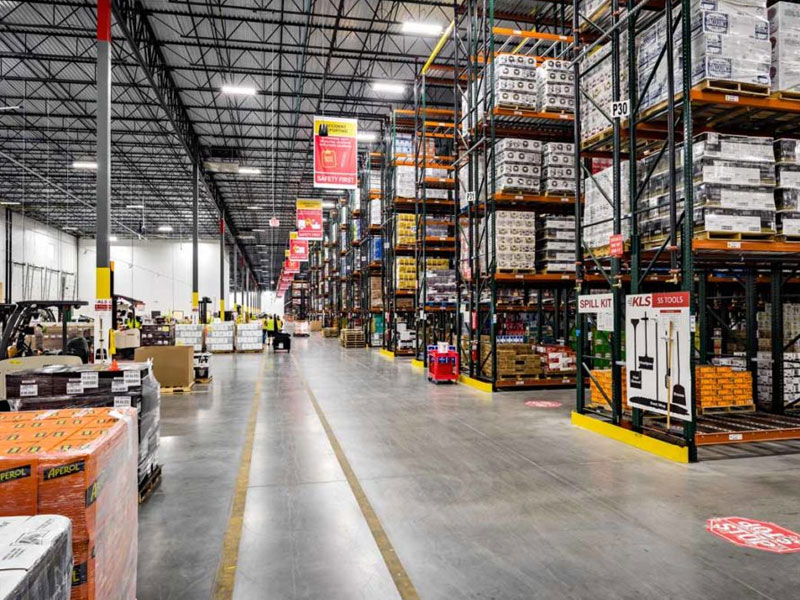Overview of common faults caused by frequent use of pallet trucks
Pallet trucks are widely used in warehousing, logistics and production workshops. Their frequent loading, unloading and handling work easily puts great pressure on key components, leading to a series of fault problems. Whether it is a manual pallet truck or an electric pallet truck, long-term high-frequency use will cause problems such as wear of parts, aging of the hydraulic system or damage to the wheel set. If these faults are not promptly checked and maintained, they will directly affect the efficiency and safety of the pallet truck. Therefore, it is of great significance to understand the common faults of pallet trucks under frequent use and formulate reasonable preventive measures to ensure the normal operation of the equipment.
Leakage and failure of hydraulic system
The hydraulic system is an important mechanism for lifting forks of manual pallet trucks. During frequent operations, due to aging of the sealing ring, wear of the piston rod surface or contamination of hydraulic oil, leakage or inability to lift and lower is prone to occur. When the hydraulic oil leaks, the pallet truck cannot achieve normal lifting function, and the leaked oil may cause pollution to the working environment. If impurities are deposited inside the hydraulic system, it will also cause the valve to move inflexibly, resulting in uneven lifting speed or jamming. In order to reduce such faults, it is necessary to regularly replace the hydraulic oil, check the sealing ring and ensure that there are no scratches and corrosion on the piston rod surface.

Wheel wear and damage
The wheel is the part of the pallet truck that frequently contacts the ground. High-frequency handling operations will cause the wheel surface to gradually wear out or even fall off, especially in a working environment with rough ground or sharp debris. When the tire is severely worn, it will not only increase the resistance to pushing, but also affect the stability of the pallet truck, and even cause the cargo to tilt or fall. In addition, lack of oil or damage to the bearing will also cause the wheel to rotate poorly, increasing the labor intensity of the operator. For wheel failure, the wheel should be replaced or the bearing should be repaired in time to ensure the smooth driving of the pallet truck.
Fork deformation and damage
The fork is a part that directly carries the cargo. It is easy to bend, crack or even break when it is frequently overloaded or improperly operated. Especially when carrying heavy cargo, if the pallet truck is used beyond the rated load range, the steel of the fork will undergo irreversible deformation, resulting in inability to effectively cooperate with the pallet, thereby reducing the operating efficiency. Continuing to use the fork when cracks appear may also cause safety accidents. Therefore, it is necessary to strictly comply with the load requirements of the pallet truck and regularly check the straightness and structural integrity of the fork.
Failure of handle and control components
The handle of a manual pallet truck is used to control the lifting and lowering of the hydraulic system, while the handle of an electric pallet truck integrates more operating functions. Frequent use may cause the internal spring of the handle to fail, the control lever to loosen, or the button to malfunction, thereby affecting the sensitivity of the equipment operation. When the handle fails, the operator cannot accurately control the lifting or driving, increasing the safety risk. For such problems, the handle should be lubricated and tightened regularly, and the damaged control components should be replaced if necessary.
Common faults and possible causes of pallet trucks
|
Fault Type |
Possible Causes |
Solutions |
|
Hydraulic system leakage |
Aging seals, piston rod wear |
Replace seals, repair or replace piston rod |
|
Severe wheel wear |
Rough ground, overloading, frequent use |
Replace wheels, improve ground conditions |
|
Fork bending or breakage |
Overloading, uneven cargo placement |
Follow load specifications, repair or replace forks |
|
Handle control failure |
Spring failure, internal parts loosened |
Lubricate or replace handle components |
|
Weak hydraulic lifting |
Contaminated or insufficient hydraulic oil |
Replenish or replace hydraulic oil |
The importance of maintenance
When pallet trucks are used frequently, the lack of systematic maintenance will greatly increase the probability of failure. Regular maintenance can effectively extend the service life of the equipment, such as checking the oil level and cleanliness of the hydraulic oil every month, replacing severely worn wheels every quarter, and cleaning the surface of the pallet truck after daily operations to prevent dust and impurities from entering the mechanical parts. Especially in high-intensity working environments, it is recommended to formulate a detailed maintenance plan and have professionals perform periodic inspections to ensure that the pallet truck is always in good condition.
Safety hazards and preventive measures
Failure of pallet trucks will not only reduce work efficiency, but may also cause safety accidents. For example, failure of the hydraulic system may cause the cargo to slide down suddenly, and wheel damage may cause the pallet truck to lose control during driving. To prevent these hidden dangers, the equipment inspection system should be strictly implemented, overloading operations should be eliminated, and safety training should be provided to operators. In addition, it is recommended to establish a fault record file within the enterprise to track and analyze the problems of the equipment so that improvement measures can be taken in time.
Pallet Truck Fault Diagnosis and Repair Suggestions
After the failure occurs, timely and accurate diagnosis of the problem is the key to repair. The fault location can be preliminarily determined by observing the color of the hydraulic oil, checking the wheel rotation resistance, or testing the handle sensitivity. For complex problems, it is recommended to entrust a professional maintenance organization to conduct inspection and repair. At the same time, enterprises can reserve common spare parts such as seals, wheel assemblies, and handle accessories so that they can be quickly restored to use when the equipment fails, reducing the impact of downtime on production.











 中文简体
中文简体 عربى
عربى Español
Español














